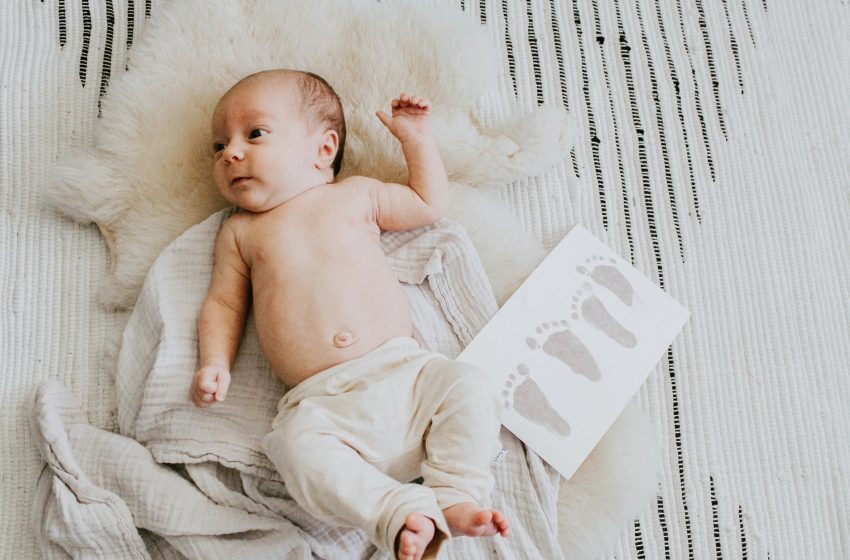The great majority of hospital L&D departments collect newborn footprints as part of the medical record and as a souvenir for the parents to take home shortly after birth. Footprints, like fingerprints, are one-of-a-kind and can be used to identify a newborn in the event that his or her identity is called into doubt. In 93 percent of hospitals, both feet of newborns are recorded.
Traditionally, a healthcare worker would apply ink to the newborn’s feet and then delicately press and roll the feet onto paper to record footprints. It’s a clumsy technique that can be made easier using inkless foot printers. Over half of all hospitals utilize baby inkless print kit to record infant footprints. The table below highlights the top advantages of utilizing inkless footprints, making it clear why so many hospitals are switching to this technology.
Time Saver
Time is valuable in a busy L&D unit. Caregivers may easily record footprints with an inkless footprint and avoid the time and effort of cleaning up messy ink. Ink can be difficult to remove from a newborn’s sensitive skin, and it can smear on medical equipment, blankets, and even the parents. Using an inkless approach saves time, allowing nurses to focus on patient care.

A Parent’s Keepsake
When it comes to footprint identification, inkless foot printers can be used not only for record-keeping and identification but also as a keepsake to commemorate the birth of a new family member. This is popular with parents, and it serves to improve the patient experience. In fact, there are tools offered expressly to parents that make creating and displaying their child’s infant footprints as art much easier.
Supports Safety Regulations
Safety should always be a primary issue, and when asked, more than 53% of healthcare workers said that using inkless foot printers helped them meet their hospital’s safety criteria.
Higher Nurse Satisfaction
Switching to inkless footprints resulted in higher nurse satisfaction, according to a birth center director. Nurses agree that not having messy ink on a newborn’s feet or hands saves them time and effort. Even when multitasking, inkless footprints are simple and quick to use. Parents share this general happiness with the no-mess factor. The fact that they don’t get ink all over their fingers or their newborn’s foot is a huge plus for parents.
While avoiding skin-to-ink contact was regarded as the most important characteristic of a footprint by 79 percent of L&D nurses, 84 percent believe it is critical to avoid skin-to-ink contact with a newborn’s skin for safety reasons. The skin of a newborn is sensitive and thin. For a better patient experience, the least invasive method of recording identification imprints is chosen.








